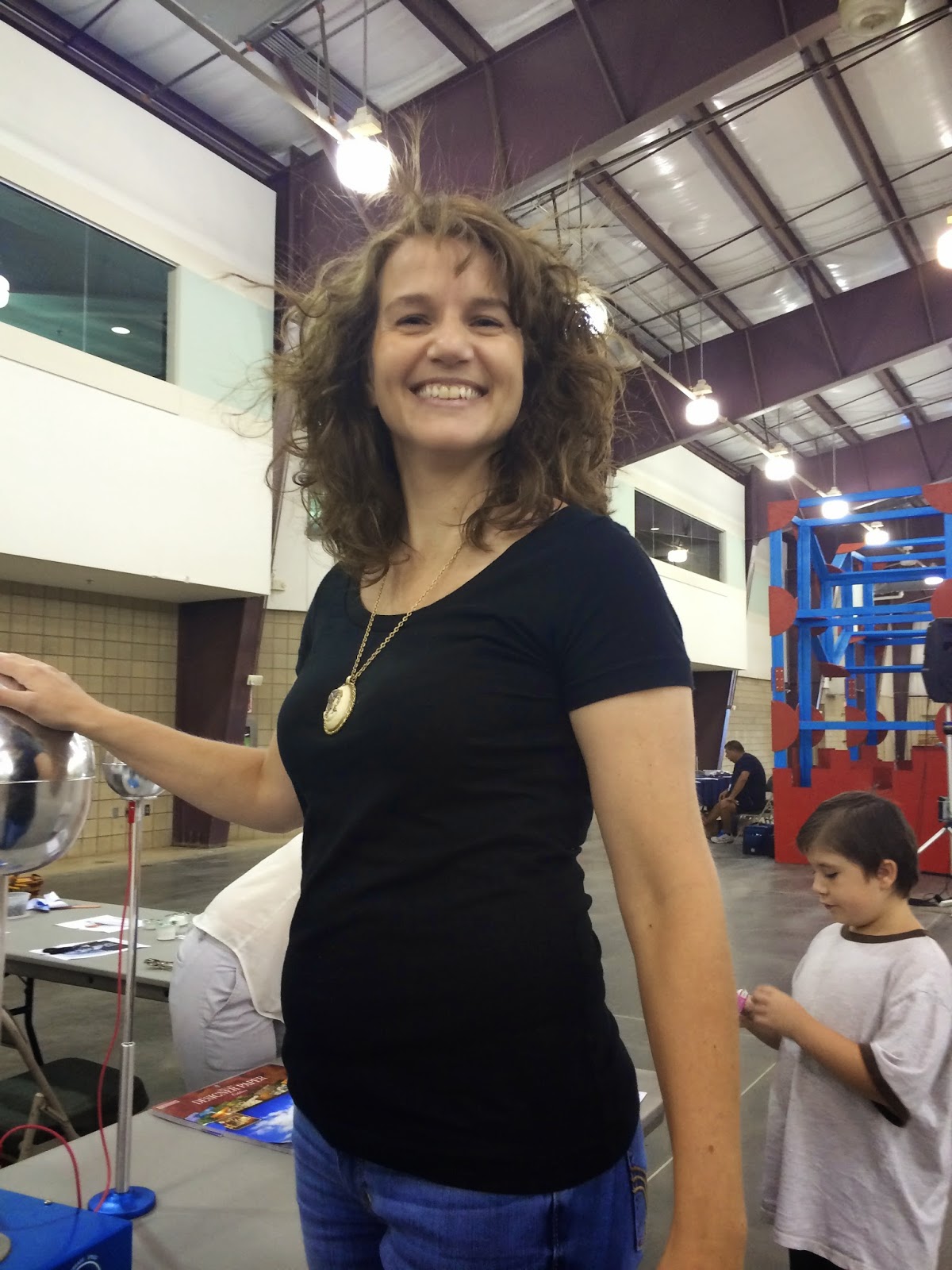Think- when was the last time you needed information, and why did you need it?
Your mind may have went straight to the academic world, and you might have thought about research you were conducting, a paper you were writing, or a report you had to give. Maybe you thought about a presentation or persuasive argument you had to develop in the workplace. Or maybe you just thought about the last time you needed directions, a review for a restaurant, or product descriptions for a purchase.
Now that you've identified that need, reflect on what that experience was like for you. Where did you get your information, and how did you know the information was accurate?
I'm going to guess that you started here.
If I'm right, why didn't you go to your local city, school, or university library? Why didn't you check the bookshelves you have in your home, stored on an eReader, or in your classroom or office? I'm going to guess your next answer. Because searching online was more accessible.
This is how the majority of our world obtains information. We use YouTube, blogs, news feeds, and Google searches to find information. We use information literacy skills to determine the validity of these works. When these skills are telling us we need to find information that has been vetted, we seek out different resource obtainment skills and look for information from contributing gurus that our Google searches have turned up. This might mean that we pay for a subscription to a scholarly journal or download a book on our Kindle. Maybe it means we seek a nearby conference we could attend so that we can hear the information first hand. Whatever this might look like, it's differentiated. It's specific to each person, and relevant to their search.
This is the process that takes place any time a student is asked to write a report. It's the process that takes place anytime information needs to be shared in the workplace. It's also the process that we use when we're interested in something that may have absolutely nothing to do with work or school, but just something we want to apply to our own lives, like breaking a bad habit and picking up a healthy one. It's easy to do because we have so much information readily available to us on the Internet.
However, in most academic cases, students do not get the opportunity to consider multiple viewpoints, apply skills of information literacy, and use some of the sources that I've described above. Resources students are allowed to use are often limited to what instructors provide to them, and sometimes, that information is delivered in the form of a textbook that may be outdated. Sometimes, the information may be provided in the form of a lecture. Regardless, the information is from one source and it provides one viewpoint.
This is why, in my classroom, I provided eSources to my students. We used websites, textbooks, scholarly articles written at varying reading levels, live interviews from experts in the field, videos, pictures, and books to help us make meaning. We did this because it was real world, and it allowed students to construct knowledge and create content instead of consume and regurgitate information. This was differentiated, to provide each student with materials that was on his or her level, interesting and engaging to each individual student, so that again, it mimicked the real world.
Many people refer to this as open educational resources, and there is no shortage of them in our world. Some are free and some are cheap. Some are not. But there is one thing that they all have in common, and that's their rate of refresh. They are all up to date.
Our students are different today, just like we were different when we were in school. It's because our world is different. There is more access to information, more reference to information, and at the same time, a larger community of those willing to share than there ever has been before. This is why, when we decide to eSource, we find that it is not difficult. Instead, we find that it provides a richer, relevant, and realistic construction of knowledge.
So if you're an educator, I am going to challenge you to eSource your classroom. To make it real life, teaching students how to apply information literacy skills so they can effectively recognize a hoax, an altered viewpoint, and to question information. I am going to challenge you to allow students to help your classes determine vetted resources by providing feedback similar to how we do on eCommerce sites. This is a huge benefit to your students.
Are you up for the challenge? Here's
how to eSource.












